DevOpsLabs’ Automated Chaos Engineering (ACE) is an advanced chaos engineering product that uses automated fault injection to help organizations test and validate the reliability of their systems. It comprises of a comprehensive set of attack vectors that test the functionality of applications, authentication validation, batch processing, database access, middle ware performance, network operations, container operations and server reliability.
Automated Chaos Engineering (ACE)
A chain is only as strong as its weakest link.
Identify & troubleshoot vulnerabilities in your application using ACE.

How ACE adds value to your business?
Contact us to see how ACE can add value to your business
Why should you adopt ACE in your organization?
Build a more resilient & dependable system
Gain an understanding of system dependencies and nodes
Reduce business losses due to possible extended outages
Key Highlights of DevOpsLabs' ACE:
Identify & troubleshoot vulnerabilities in your application using ACE
What facets of your system do we subject to test using Chaos Engineering?
Application
Application stress is simulated to observe application behaviour during unusual or non-BAU circumstances such as change in configuration or loss of connection to interfacing systems. Chaos Engineering also observes for inconsistencies during batch operations.
Authentication
Authentication / Security Stress is simulated to observe application behaviour when there is a loss of connection to Authentication systems or issues related to security certificates.
Database
Database stress is simulated for RDBMS. These attack vectors help to discover the application behaviors during various scenarios in database.
Middleware
Middleware stress is for MQ. These attack vectors help to discover the application behaviors during various scenarios in middleware.
Network
Network stress is simulated to observe the network port of a server and attack vector will stress on the server network port.
Server
Server stress is simulated by increasing load on servers. This is done by increasing the CPU load, blocking memory, shutting down the process and virtual machines.
Batch
Batch stress is focused on the batch processing of the application & attack vector will attack the batch.
Container
Container Stress is for Kubernetes. This will help to discover the application behaviour by attacking the master, nodes & pods.
